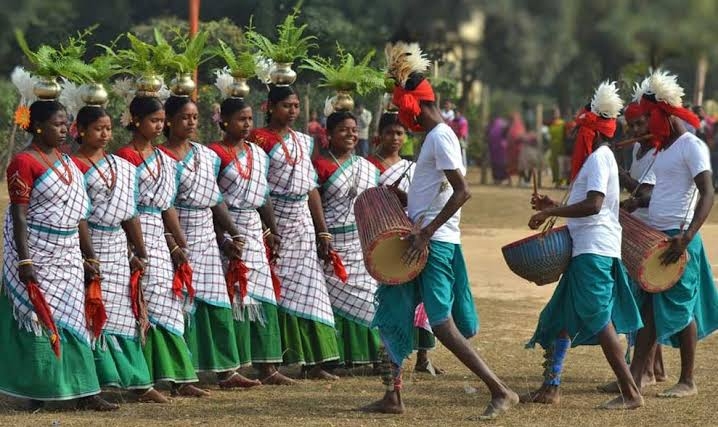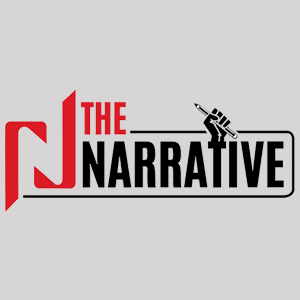Tribal Issues and Solutions in India
India is home of over 100 million tribal individuals, who represent more than 8% of the nation"s populace. Despite their substantial presence, tribal communities face a myriad of difficulties and obstacles that constrain their access to amenities and opportunities.

India is home of over 100 million tribal individuals, who represent more than 8% of the nation's populace. Despite their substantial presence, tribal communities face a myriad of difficulties and obstacles that constrain their access to amenities and opportunities. In this article, we shall examine some of the prominent issues and quandaries encountered by tribal communities in India and deliberate on prospective solutions to ameliorate their plight.
Land Rights
One of the most pressing predicaments faced by tribal communities in some parts of the country is the absence of secure land rights. Historically (during British rule) tribal people have been uprooted from their ancestral territories due to various reasons, such as mining, industrialization, and some projects.
Even when they have been relocated, they often do not receive adequate remuneration or rehabilitation, resulting in a loss of livelihoods and cultural identity.
In today's time to address their issue, it is imperative to acknowledge and safeguard the land rights of tribal people. The government should ensure that all land acquisition and resettlement processes are transparent, participatory, and based on informed consent.
Additionally, it should devise policies and programs that bolster sustainable and community-based land-use practices, such as agroforestry, conservation, and tourism.
Education and Health
Another critical domain of concern for tribal communities is education and health. Despite efforts to enhance access to education and healthcare, tribal people continue to lag behind in terms of literacy rates, enrolment, and health outcomes.
Many tribal children drop out of school due to poverty and cultural barriers, while others do not have access to quality education in their own language and culture.
Similarly, tribal people have higher rates of malnutrition, maternal and child mortality, and infectious diseases than the general population. To address these issues, it is essential to ameliorate the quality and accessibility of education and healthcare services for tribal people.
This can be achieved by providing multilingual and culturally relevant education, ensuring adequate infrastructure and trained personnel, and promoting community-based health initiatives.
Livelihoods and Entrepreneurship
Tribal communities in India also face obstacles in accessing livelihood opportunities and entrepreneurship. Many tribal people are engaged in low-paying and hazardous occupations, such as mining, construction, and manual labor, which do not provide adequate social protection or upward mobility.
Furthermore, tribal entrepreneurs often face systemic hurdles, such as lack of capital, market access, and business acumen. To address these challenges, it is crucial to promote sustainable and diversified Ivelihood options for tribal people, such as eco-tourism, handicrafts, and non-timber forest products.
The government can also facilitate entrepreneurship among tribal people by providing financial and technical support, promoting market linkages and branding, and creating a conducive policy environment.
Cultural Heritage and Identity
Finally, tribal communities in India confront difficulties in preserving their cultural heritage and identity in the face of rapid westernization and globalization.
Many tribal languages, traditions, and practices are under threat due to social stigma, migration, religious conversion by missionaries and cultural assimilation.
To address this issue, it is vital to recognize and celebrate the diversity and richness of tribal cultures and promote cultural preservation and revitalization initiatives.
This can be achieved by supporting community-based cultural programs, encouraging intergenerational knowledge transfer, and mainstreaming tribal perspectives in education, media, and policy-making. And we have to stop christian conversion in tribal areas.
In conclusion, tribal issues in India are multifaceted and intricate, necessitating a holistic and inclusive approach to tackle them. While the government has implemented some measures to enhance the lives of tribal people, much more needs to be done to ensure that they can exercise their rights, access basic services, and participate in the country's development.
By acknowledging and addressing the land rights, education and health, livelihoods and entrepreneurship, and cultural heritage of the tribal communities in India, we can build a more equitable and sustainable society that upholds the dignity and well-being of all its citizens.
It is crucial to involve tribal people in decision-making processes and empower them to be agents of change in their own communities. By working together with tribal communities and promoting their inclusion and participation in all spheres of life, we can build a more just and compassionate society that respects and celebrates its rich cultural diversity.
Article by
Anukarsh Jain
Younginker
Noida, NCR


